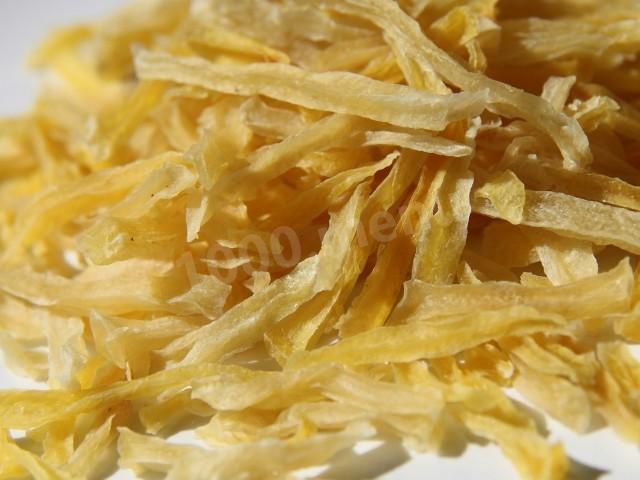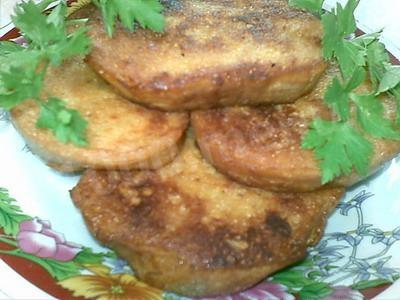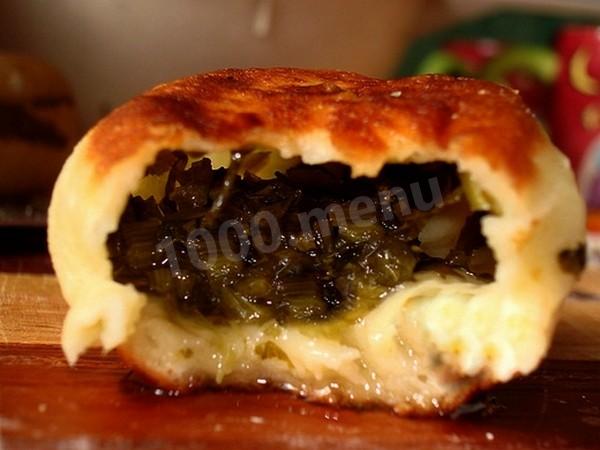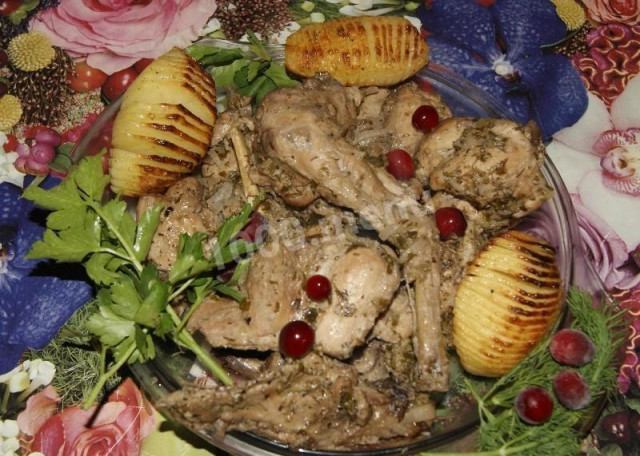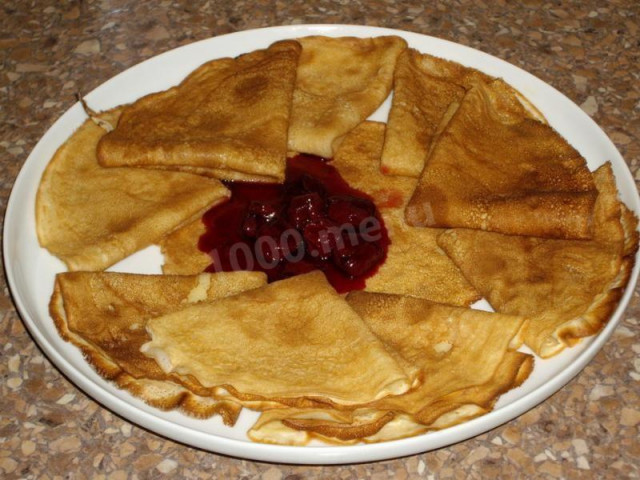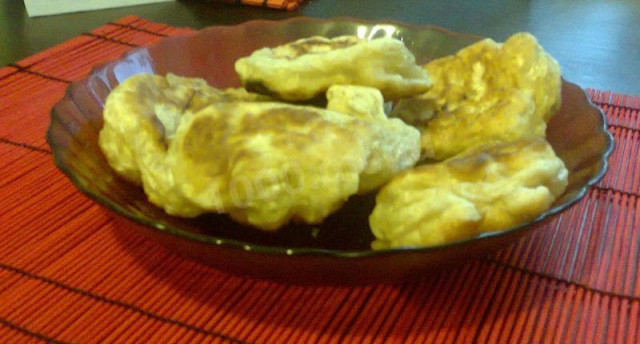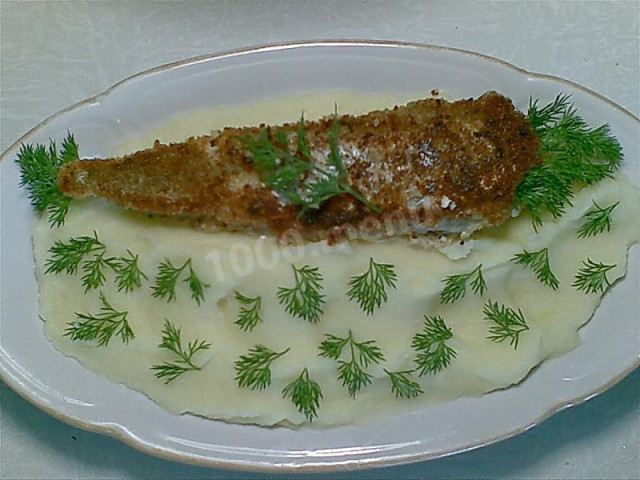Harvesting potatoes for winter
Composition / ingredients
8
Servings:
Cooking method
The first recipe. Potatoes are cut into thin plates up to 0.5 centimeters, then the plates are thoroughly washed in cold water and dried.
The finished slices are fried in vegetable oil, and then laid out and allowed to dry. Dry plates are stored in polyethylene bags in darkened places.
The second recipe.
As well as the first recipe, potatoes are sliced, then dried in the oven with the door open at a temperature of about 40 degrees.
Also collected in a bag and stored.
In addition, potatoes can be frozen for the winter, but there is a natural problem with storage. The freezer is not rubber. But as an option, this method can also be used.
The finished slices are fried in vegetable oil, and then laid out and allowed to dry. Dry plates are stored in polyethylene bags in darkened places.
The second recipe.
As well as the first recipe, potatoes are sliced, then dried in the oven with the door open at a temperature of about 40 degrees.
Also collected in a bag and stored.
In addition, potatoes can be frozen for the winter, but there is a natural problem with storage. The freezer is not rubber. But as an option, this method can also be used.
Caloric content of the products possible in the composition of the dish
- Ripe potatoes - 80 kcal/100g
- Baked potatoes - 70 kcal/100g
- Mashed potatoes - 380 kcal/100g
- Boiled potatoes - 82 kcal/100g
- Potatoes in uniform - 74 kcal/100g
- Fried potatoes - 192 kcal/100g
- Vegetable oil - 873 kcal/100g

